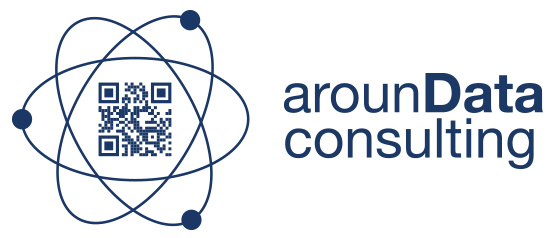Organize and secure the distribution and consumption of data (2/3)
Data and oil are considered strategic assets and are similar by behavior.
So it is not only a matter of looking at the source of data or oil, but also of seeing how to guarantee quality of these products throughout their life cycle (subject of this article) and consider new usage and perspective. (subject of the 3rd article).
The comparison between oil and data is not limited to their value as asset. It includes also how it’s managed, stored and transported.

Thus, once the oil is extracted, it must be safely transported to be used, transformed into derivative and used with confidence by those who receive it.
If the quality of the oil received by the recipient plant does not correspond to what is expected, the consequences are manifold:
1. Costs of plant immobilization and non-production while waiting to receive again the good product;
2. Impact of delay in production and time to market;
3. Market losses.
So imagine what will happen to the engine of your car if you’re filling it with the bad product (oil or diesel)
This is why the oil industry has implemented procedures and processes to
1. Watch pipes, used to transport the oil (to avoid loss and theft …);
2. Ensure that the oil source is not altered;
3. Guarantee the quality of this oil before its consumption by the target systems.
These processes thus guarantee a recurrence in the usage of oil and that you can fill your car, in full trust, with the good product.
The same goes for data, a fluid asset circulating in and outside the company.
For any business, that means
1. Ensure that the data source is permanently stable and reliable to avoid any problem in the supply chain of the data. Ex: avoid turning an attribute into optional and users do not enter it while the data of this attribute is expected at the end of the chain;
2.Secure the transport of data by ensuring the availability of the data to all data consumers;
3.Control all processes of transformation or change of this data by measuring its impact on the organization. Ex: always ensure that processes are always applied and available in the company:
4.Guarantee the quality of the data throughout its life cycle for a smooth use by other applications like Chatbot, Machine Learning, IoT …
These objectives are the basics for data governance.
This governance cannot be put in place without a strong commitment from the top management of the company that will guarantee the application of developed processes and thus protect the quality of the data.
Governance is also in charge of training and education to turn the company into a data driven company.
It is very important to educate all employees about the quality of the data, just as they are sensitive to the quality of the products and services delivered by the company.
This governance will thus make it possible
- To control the costs of the company (elimination of the costs of non-quality of the data)
- To build confidence in the data circulating in the company.
Once this level of data maturity is reached, the company will be able to move on to the next stage which is that the transformation of the business model.
Subject to be discussed in the next article.
